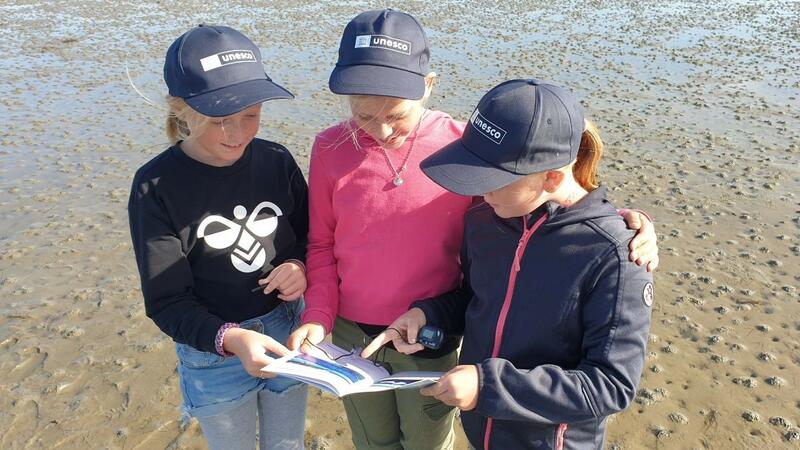UNESCO eDNA programme maps 350 species in Wadden Sea

Climate disruption, including ocean warming, is forcing marine species away from their natural habitats and creating an urgent need to better understand and monitor their distribution. UNESCO has developed a new standardized eDNA sampling method to map ocean life. The Trilateral Wadden Sea Cooperation supported the process with a seat in the Scientific Advisory Board. The Wadden Sea World Heritage Site was among the pilot sites.
Over the course of three years, marine experts and local scientists took 500 samples from 21 sites protected by UNESCO under the World Heritage Convention, detecting the presence of nearly 4,500 marine species – an impressive result that would previously have taken many years of survey work and cost millions of dollars. Nearly half of the identified species were fish, including 86 shark and ray species, and also 28 mammal species, and three turtle species. Among the findings were 120 species listed as vulnerable, endangered, or critically endangered on the IUCN Red List. The samples taken in the Wadden Sea revealed the DNA of 310 different species, of those 58 were fish and three mammal species.
UNESCO’s eDNA programme marks the first standardised application of eDNA sampling to monitor the status of marine species among global biodiversity hotspots. With a single 1.5-liter water sample, eDNA techniques can reveal genetic traces of approximately 100 marine species on average. Compared to other existing technologies, it is incredibly affordable, non-invasive and fast – reducing data-collection times from years to just months. This method is also extremely easy to implement, allowing local communities to participate in advancing knowledge alongside scientists. More than 250 schoolchildren, some as young as six years old, participated in sampling expeditions led by UNESCO. In the Wadden Sea, the Trilateral Wadden Sea Cooperation coordinated the extraction of environmental samples at Den Oever, Hjerting, Neuwerk, Wilhelmshaven, and various locations in Schleswig-Holstein.
The results demonstrate the power of this method as a transformative tool for ocean conservation. All data from the eDNA initiative is systematically uploaded to UNESCO’s Ocean Biodiversity Information System (OBIS), a global open-access platform that ensures the information is freely available, comparable, and interoperable for researchers and decision-makers worldwide.
